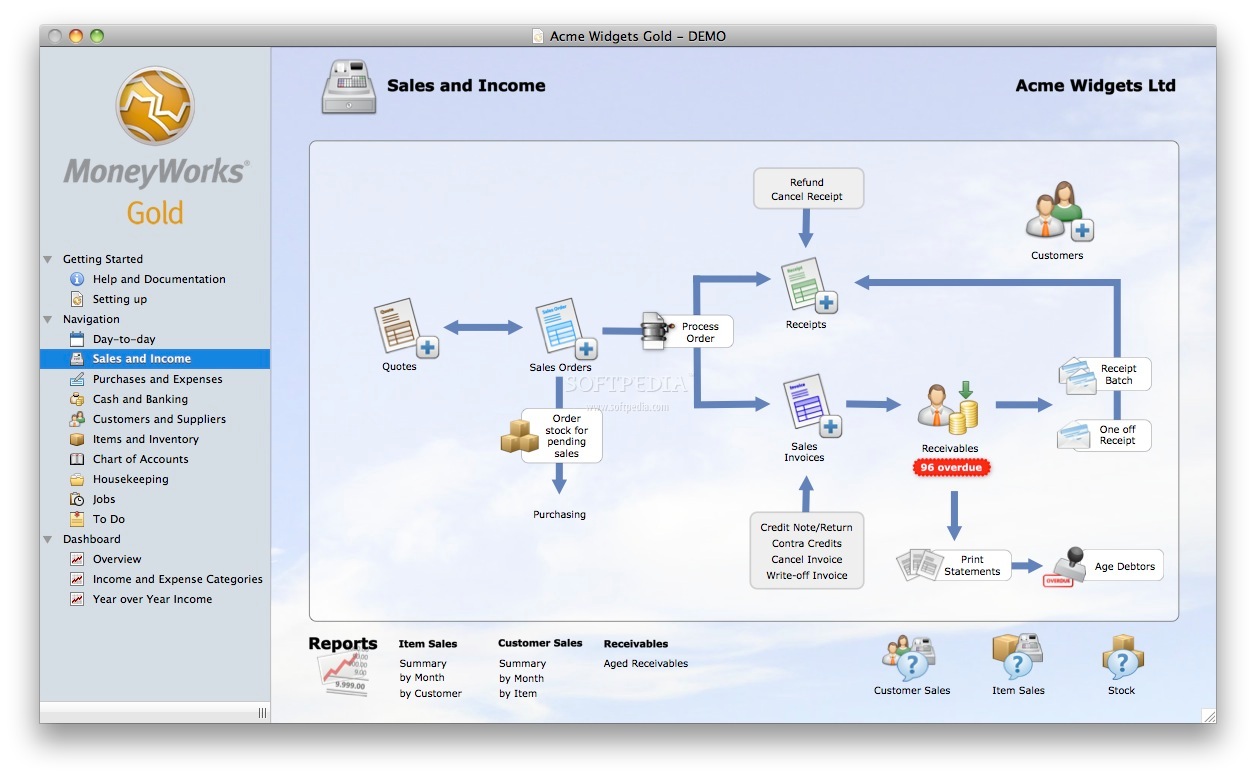
Your kids’ early interactions with money will likely involve spending. But, by being consistent, he knew that “the light bulb would turn on” for her-and it did. He had more trouble getting through to his daughter. Peckham says that his son understood how money worked by the age of 4, thanks to the receipt strategy.

“As they got older, they started to understand. “By doing it over and over again, it became habit to them,” he says. When they shopped together, Peckham would show his kids receipts with the amount he paid. Chase Peckham, director of community outreach for the San Diego Financial Literacy Center, did this with his son and daughter when they were preschool age. So let them see you making purchases with cash.Įven if you pay with a debit or credit card, explain to your kids that you’re using your money to make purchases. Actually, showing them how money works is more effective. Explain what money is and how it is used. Once your kids are old enough to know they shouldn’t be sticking pennies in their mouths, you should introduce them to coins and cash. Lessons should begin before age seven, he says, because research shows that money habits and attitudes are already formed by then. He has found that the earlier you start a child’s financial education process, the better. Renick has been teaching kids about money through his Sammy Rabbit storybook character since 2001. Before opening a Fidelity Youth Account, you should carefully read the account agreement and ensure that you fully understand your responsibilities to monitor and supervise your teen’s activity in the account. Account eligibility limited to teens aged 13-17. Here’s how.ĭisclosures: The Fidelity Youth Account can only be opened by a parent/guardian.

If you want to play a key role in shaping your children’s feelings, thinking and values about money, you need to give them the gift of financial literacy from an early age.

Half of the children surveyed said they wish their parents taught them more about money.Įven if you’re not teaching your kids, they will learn lessons about money one way or another. Kids, on the other hand, are eager for their parents to share their wisdom. And a quarter said they are very reluctant or extremely reluctant to discuss financial topics with their children.

Rowe Price’s 11th Annual Parents, Kids & Money Survey found that nearly half of parents said they miss opportunities to talk to their kids about money and finances. Yet, plenty of parents aren’t helping their kids become financially literate. Where we live, what we eat, the clothes we wear, the car we drive, health care, education, child-rearing, gift giving, vacations, entertainment, heat, air-conditioning, insurance-you name it, money is involved.” “Money is central to transacting life, day-in and day-out. “Without a working knowledge of money, it is extraordinarily difficult to do well in life,” says Sam X Renick, co-creator of Sammy Rabbit, a children’s character and financial literacy initiative. The question, then, is whether you’re teaching your children a key lesson that will impact whether they will do well. And you want to lay a foundation that they can build upon to do well in life. Most likely, it means you want them to be safe and secure. This doesn’t necessarily mean you want them to have the best clothes, the latest toys or coolest gadgets. As a parent, you want the best for your children.


 0 kommentar(er)
0 kommentar(er)
